Deepdale at 150 years old: The story of one of the world’s oldest football grounds
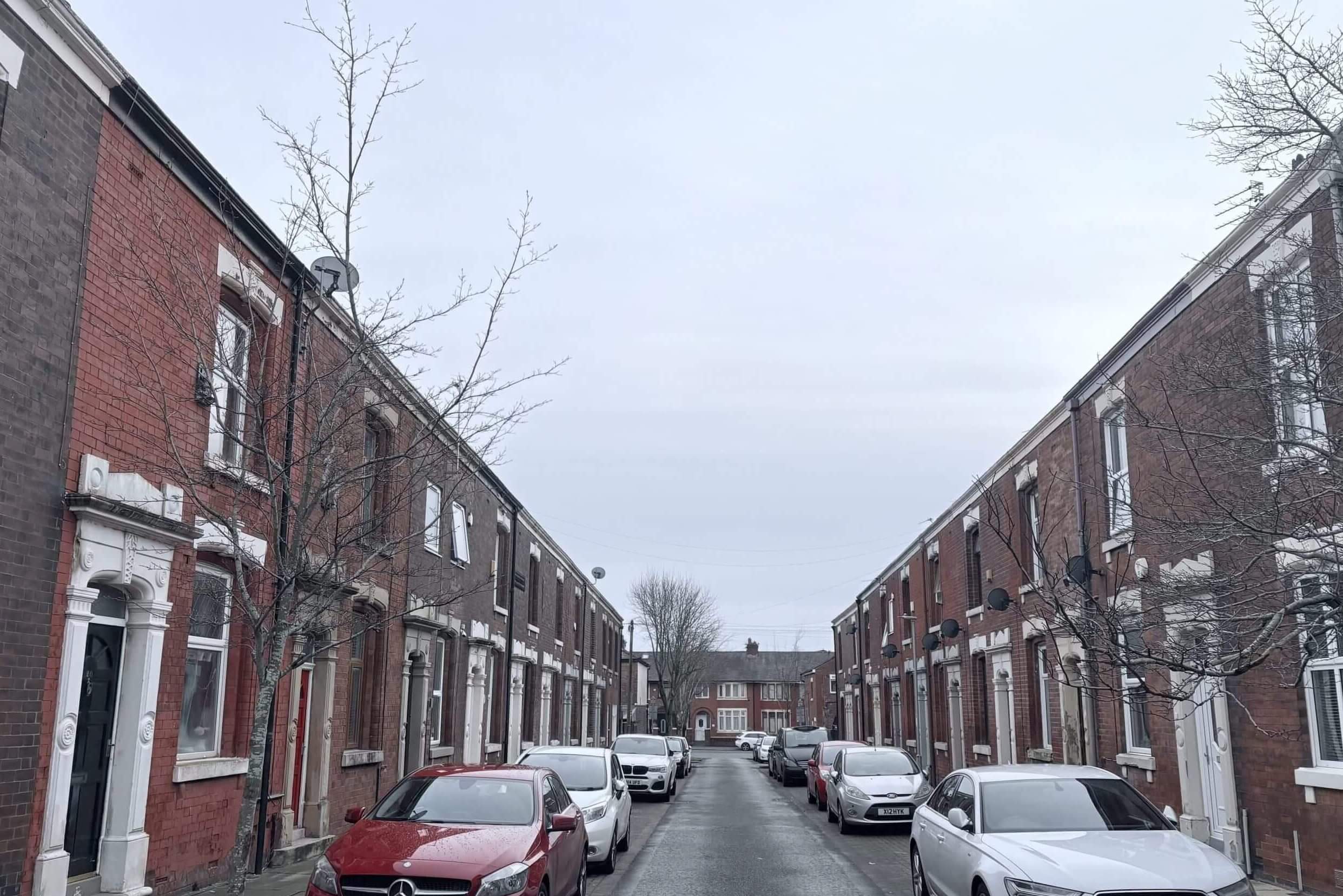

Beginning his new life in the north, Tim Davies had no idea about the secret of his recently bought house when he moved into a terraced street next to one of English football’s famous old grounds.
It was not until a few months later in November 1988, tuning into the long-running television series This Is Your Life, that the new home-owner started to understand that 21 St Michael’s Road, Preston, was not just any ordinary house.
Tom Finney was the guest on the episode, talking about his life and times as a 76-cap England international and the most celebrated player in the history of Preston North End.
“I didn’t know much about him,” says Davies, 35 years on. “But I heard the presenter, Michael Aspel, with his big red book, introducing him with the words, ‘So, Tom Finney, you were born in 1922 at 21 St Michael’s Road in the borough of Deepdale, Preston…’.
“I didn’t have a video recorder. I couldn’t watch it back. There was no streaming back then and no way to check.
“It didn’t properly register until the next day when I went into work and my colleague said, ‘Did you watch This Is Your Life last night? Did you realise you had bought the house where Tom Finney was born?’
“I wasn’t a massive football fan. I was only 19 and I remember ringing my mum to ask if she had ever heard of Tom Finney. ‘Are you joking?’ she said. ‘He’s probably one of the most famous footballers there has ever been’.”

It is a great story and feels particularly relevant when today is the 150th anniversary of Deepdale, the stadium just a couple of streets from the end-of-terrace house where Davies, originally from Herefordshire, still gets the occasional person knocking on his door to ask if this is the right place.
Finney scored 210 goals in 473 games for his hometown club, from 1946 to 1960, and thrilled Deepdale’s crowds with such regularity it is surprising, perhaps, that Preston Historical Society never followed up the idea of putting a commemorative blue plaque on the side of the house.
No matter. Finney already has a pub, a school, a soccer centre, two care homes, a non-League ground (Bamber Bridge of the Northern Premier League), a university pitch, a bus and even a mobile hot-potato van named after him.
The road where Deepdale sits was renamed Sir Tom Finney Way in 1998. A stand has been named in his honour and, out in front of the stadium, there is the iconic statue, The Splash, showing Finney controlling the ball on a waterlogged pitch at Stamford Bridge — inspired by the 1954 sports photograph of the year and sculpted into a fountain.
The best football statue in the country? “It’s certainly my favourite,” says Paul Heckingbottom, the Preston manager. “The way it’s been done with the water effect, I don’t think there is a better statue anywhere.”
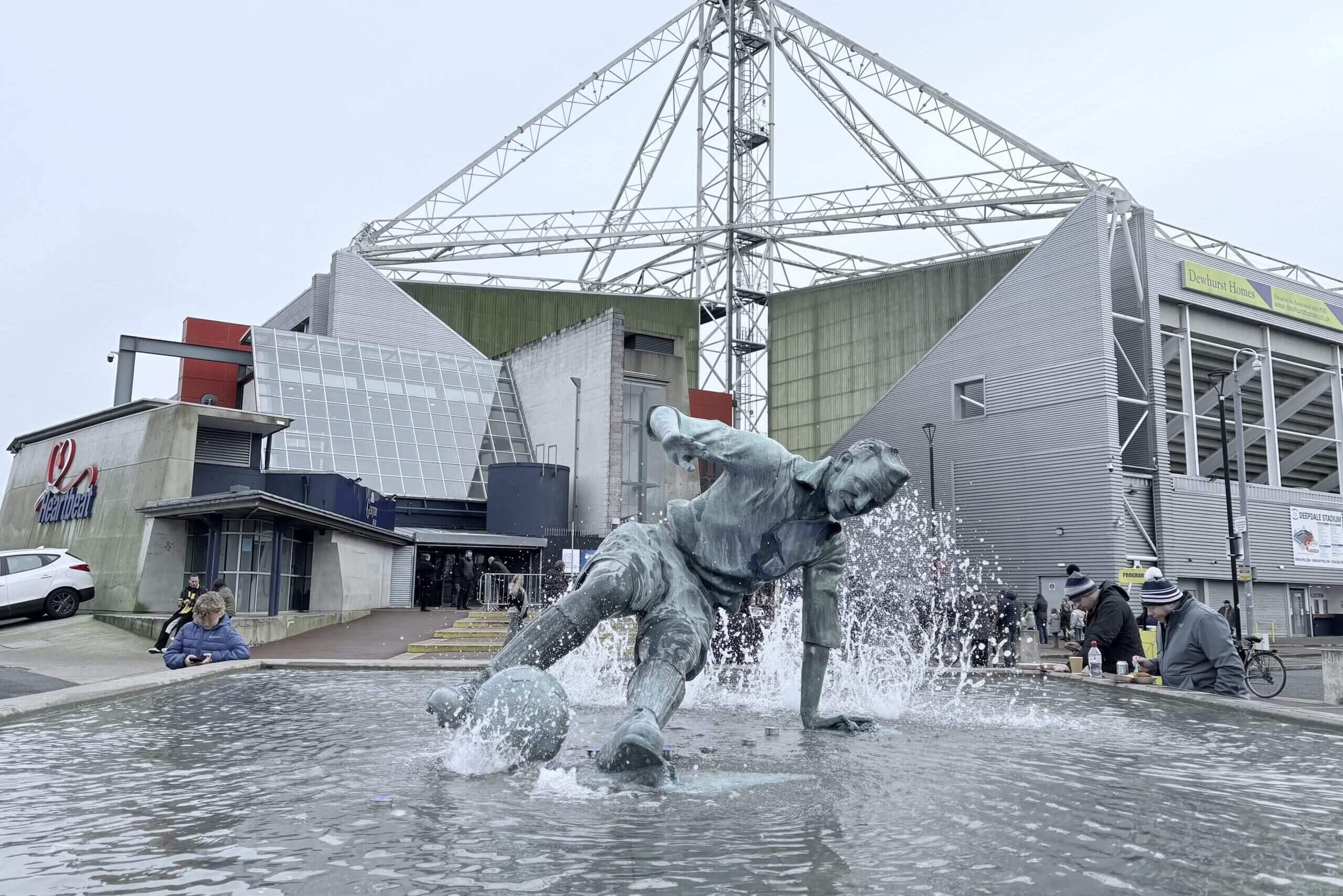
So happy anniversary, Deepdale, with your intriguing mix of old and new, your four perfectly level stands and, having been completely rebuilt from 1995 to 2008, your modern exterior of metallic cladding, reflective glass and shades of grey.
It is not the most beautiful ground in the country, not the most talked-about and not the most fashionable. Nor is it the most pristine if you look upwards from Lowthorpe Road to see the weather-stained edges at the top of the structure.
Nobody, though, could ever say Deepdale — the world’s oldest football ground if the criteria is continuous use — is lacking history.
We are talking, after all, about the plot of land that hosted football’s ‘Invincibles’ long before Arsenal commandeered that nickname (to the irritation of many Preston folk) by going unbeaten throughout the 2003-04 season.
In 1888-89, the first-ever season of the Football League, Preston won the championship without losing a single game, winning 18 of 22 fixtures. They also won the FA Cup without conceding a goal, putting them in a small and exclusive band with Arsenal, Tottenham Hotspur, Aston Villa, Manchester United, Liverpool, Chelsea and Manchester City as the only teams to win the ‘double’.
There was a second league title the following year, another FA Cup triumph in 1938 and, post-war, a period at football’s top table that led another celebrated player, Bill Shankly, to conclude Finney “would have been great in any team, in any match and in any age, even if he had been wearing an overcoat”.
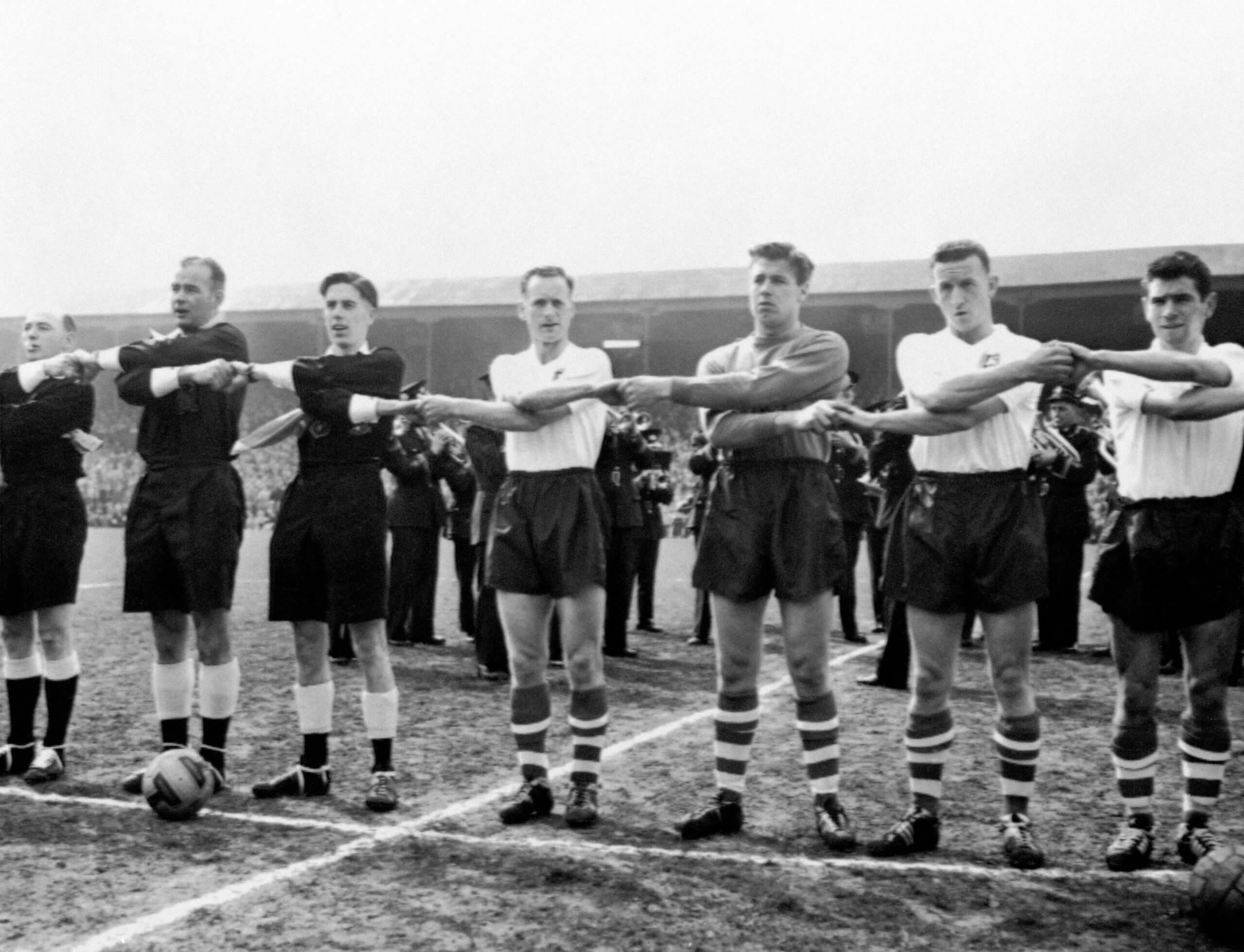
To understand Deepdale properly, however, the first thing to realise is that there is no other ground in the country where the history is so lopsided and, unfortunately for Preston fans, stacked against anyone under the age of 75.
There are 14 clubs who have played in England’s top division but never reached the Premier League since its formation in 1992. Preston, however, are the only former champions among that number. Sixty-four years have passed since Deepdale hosted top-flight football and that is a long time for a club that calls itself Proud Preston.
“Too long,” says the club historian, Ian Rigby, matter-of-factly. “We were the first team to win the league, the first to win the double and the first to score double figures in a league match when we beat Stoke 10-0 in 1889. We still have the record FA Cup win of 26-0 (against Hyde in 1887), which I doubt will ever be beaten. And now… nothing.” His voice trails off.
“It was 1961 when we were relegated and we’ve never been back since. We’ve seen Blackpool go up to the Premier League. Oldham have been up, Wigan have, Luton have — the list is ridiculous. Most people, locally, have come to accept it, but there’s always optimism in your eyes. With Preston, we always tell ourselves, ‘There is always next season’.”
Rigby has been a regular at Deepdale since his first visit in 1960 to watch Preston play an All-Star XI in Finney’s testimonial. “My mum and auntie used to take me,” he says. “There were 30,000-plus in the crowd. I was a schoolboy, squashed on the terrace, thinking, ‘Wow, is it like this every week?’.”
What he didn’t realise was that he would reach his early seventies without witnessing a top-division fixture in the stadium where, to borrow a quote from Finney, every blade of grass has a story to tell.
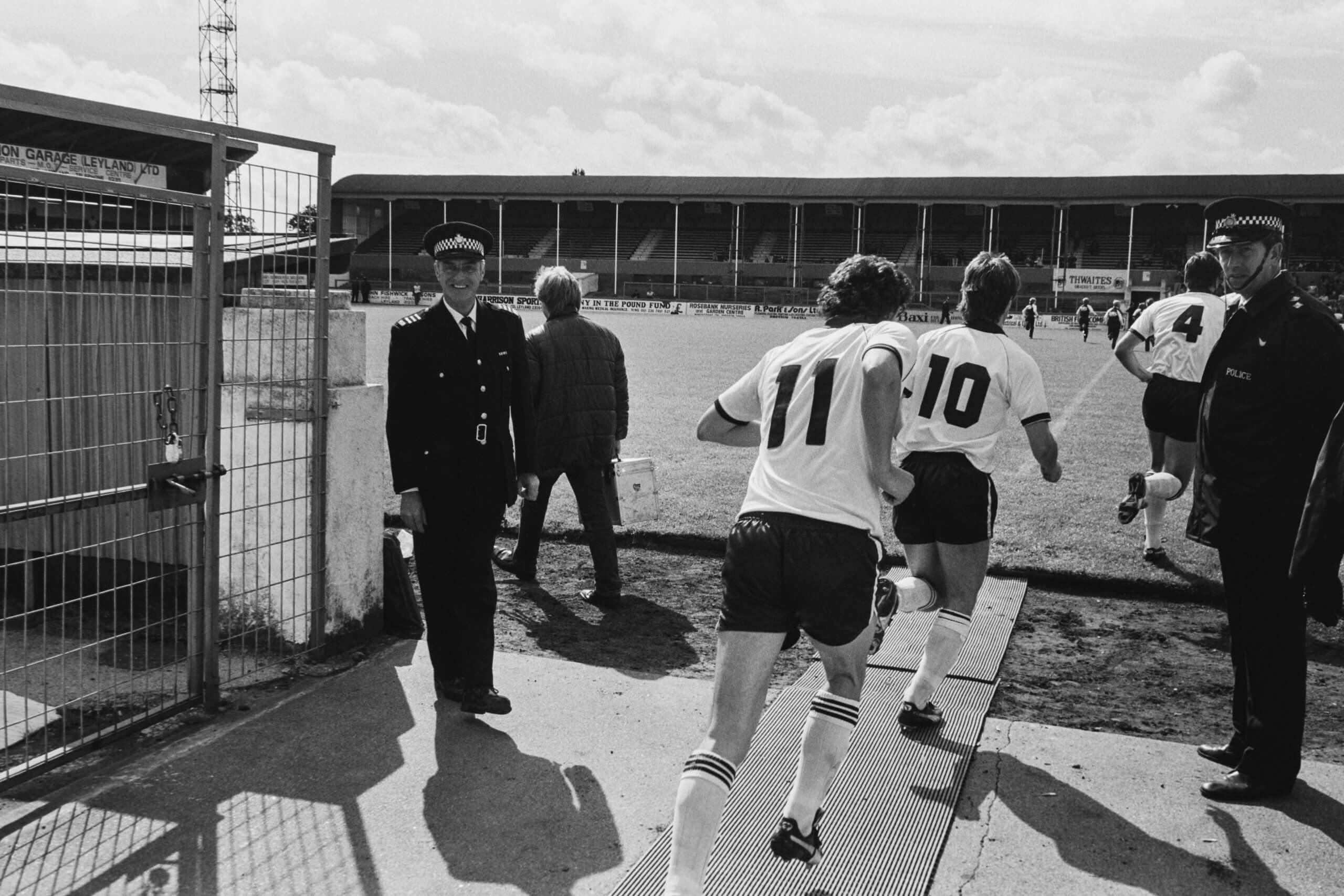
Rigby has written a column in the matchday programme for more than 40 years and co-authored a book, The One and Only Invincibles, whose title is intended for anyone — especially from north London, perhaps — who may overlook that history.
“We call ourselves the ‘Original Invincibles’ these days,” says Rigby. “People say, ‘But Arsenal had to play 38 games’. Well, that wasn’t our fault. We had 22 league games, but what people don’t realise is we also played 43 friendlies that year.
“When Arsenal did it, they were 117 years old. But when North End did it, we’d been in existence only eight years. If a football club was set up today, would they win the league, unbeaten, in eight years? No chance.”
The lesson of history is that Deepdale was a farmer’s field when the original North End, a cricket club that had played a few matches locally, moved into Moor Park next door.
Deepdale Farm was leased by North End on January 21, 1875, and not just used initially for cricket, but also rounders and rugby. It was another five years before a motion was passed to switch sports — and the first giant of professional football was born.
Walk through the main reception these days and, heading up the stairs to The Greats’ Room, there is a framed black-and-white photograph on the wall to remind visitors that Bobby Charlton played for, and managed, the club after leaving Manchester United.
Away fans sit in the Bill Shankly Kop, which is another reminder that one of the managerial greats played almost 300 games for Preston before going on to greater glories with Liverpool.

The adjacent street, Bill Shankly Crescent, is also named in his honour and full marks for attempting to create Shankly’s face in the middle of the stand, using brown, yellow and white seats amid a dark blue background. Does it work? Well, it’s a brave effort — even if the football author and historian Simon Inglis was never convinced by the likeness of Finney in the next stand. “The effect is not so much ‘Genoa’ as, ‘Sorry mate, haven’t a clue!’,” Inglis wrote in Football Grounds of Britain.
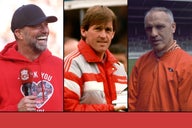
GO DEEPER
Ranking Liverpool’s five most important managers
Let’s not be party-poopers, though, when Preston, 16th in the Championship, are planning to mark the anniversary at Saturday’s game against Middlesbrough and celebrate a ground whose redesign was inspired by Stadio Comunale Luigi Ferraris, home of Genoa and Sampdoria in Italy’s Serie A.
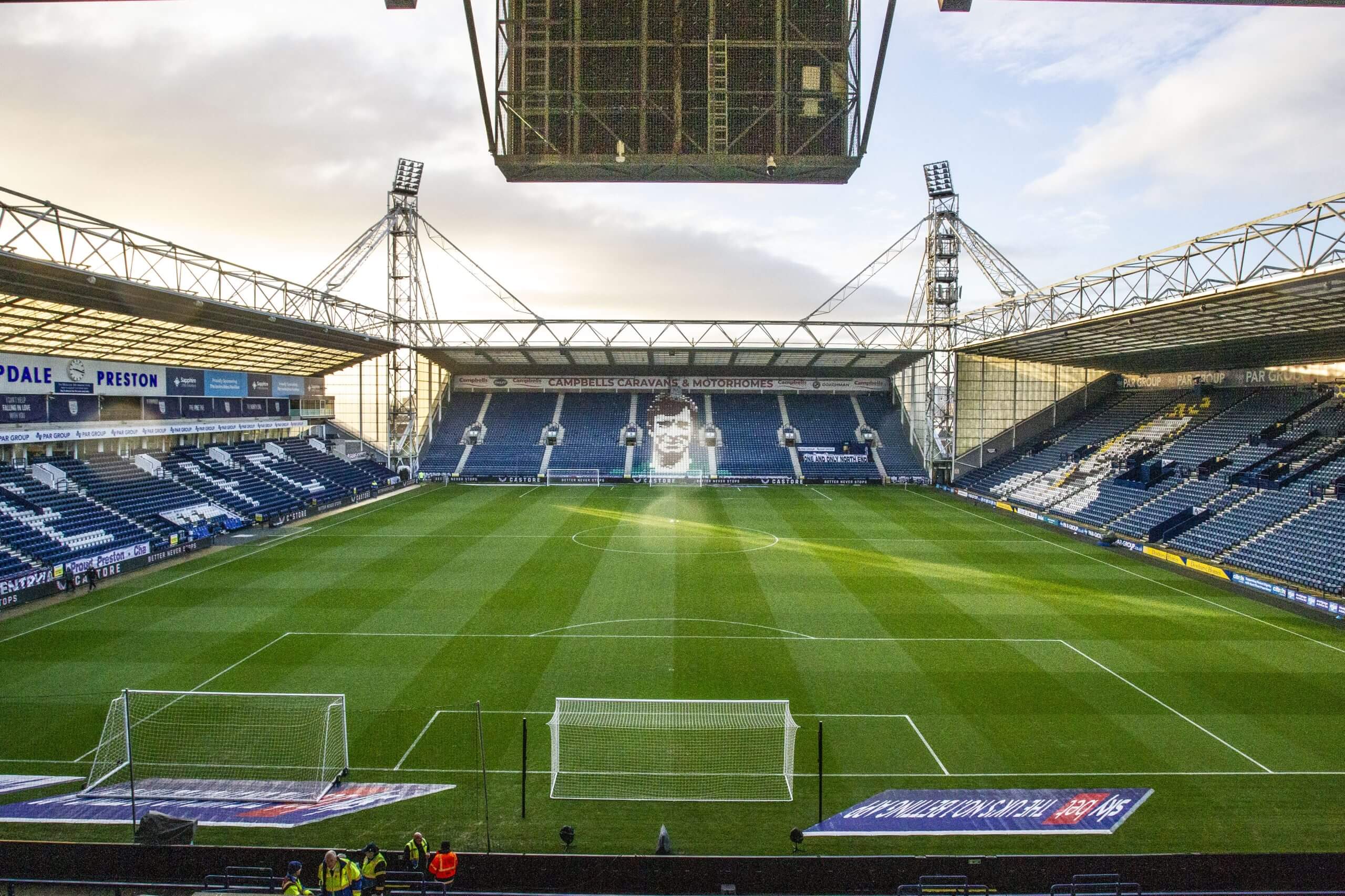
“People visiting Deepdale for the first time can be surprised,” says Heckingbottom. “There are far more old-looking, or traditional-looking, football grounds. Deepdale has had a good facelift and, from a distance, it looks modern.
“You can see it from the (M61) motorway — the architecture, the floodlights — while you are still miles outside Preston. It’s imposing. It’s got tradition because of the history of the club, but the stadium itself does the history justice.”
Speak to regulars in the Alan Kelly Town End — named after the goalkeeper who made 447 appearances for the club from 1961 to 1973 — and nobody seems crestfallen that preliminary talks, some years back, about building a new stadium at Preston Docklands never came to anything.
David Moyes, a former Preston centre-half, began his managerial career at Deepdale and a 19-year-old David Beckham also spent time in this part of Lancashire, on loan from Manchester United.
“I was pretty nervous,” Beckham writes in his autobiography, recalling his first day. “I went into the dressing room and all the players were sitting there as if they had been waiting for me. I don’t know if they were thinking, or I just imagined it, ‘Here’s the big-time Charlie from United — and he’s a Cockney (from London)’. Preston were in Division Three. It was a world away from the life I’d got used to.”
Beckham’s first training session ended with a telling-off from the manager, Gary Peters, for chucking his dirty kit on the dressing-room floor. At Preston, it was explained, the players took their kit home and washed it themselves. Deepdale had a plastic pitch for the best part of a decade. Money was tight and one of the great bastions of English football endured some financially perilous times.
The nadir? “That was the 1985-86 season,” says Rigby, recalling a year in which Preston finished second-bottom of Division Four and had to apply for re-election to the Football League. “We had to play one game at Deepdale at two o’clock on a Tuesday afternoon because our floodlights had been condemned and we didn’t have any money to do anything about it.
“I had to take half a day off work for that one. We were playing Scunthorpe United and the only people who turned up were the diehards who could get time off work.
“We were so short of players the assistant manager, Brian Kidd, called a local parks footballer, Mel Tottoh, at his work and asked him, ‘Can you come over and play for North End this afternoon?’.
“Mel worked at the old BAC aerodrome (nine miles west of Preston). He’d cycled to work. So he had to cycle home, get his boots, then cycle to the ground as fast as he could. When he finally arrived, he was absolutely shattered. The manager, Tony Booth, told him he was on from the start. ‘I can’t’, said Mel, ‘I’m sorry – but I’m knackered!’.
“Instead, they put on a trialist called Mark Rodgers for the first half. This was a league match, remember, and we had a trialist in our team. That was the only time Rodgers played for us. Mel came on for the second half and, again, they were his only minutes for the club. The crowd was 2,007 and we lost 1-0.”
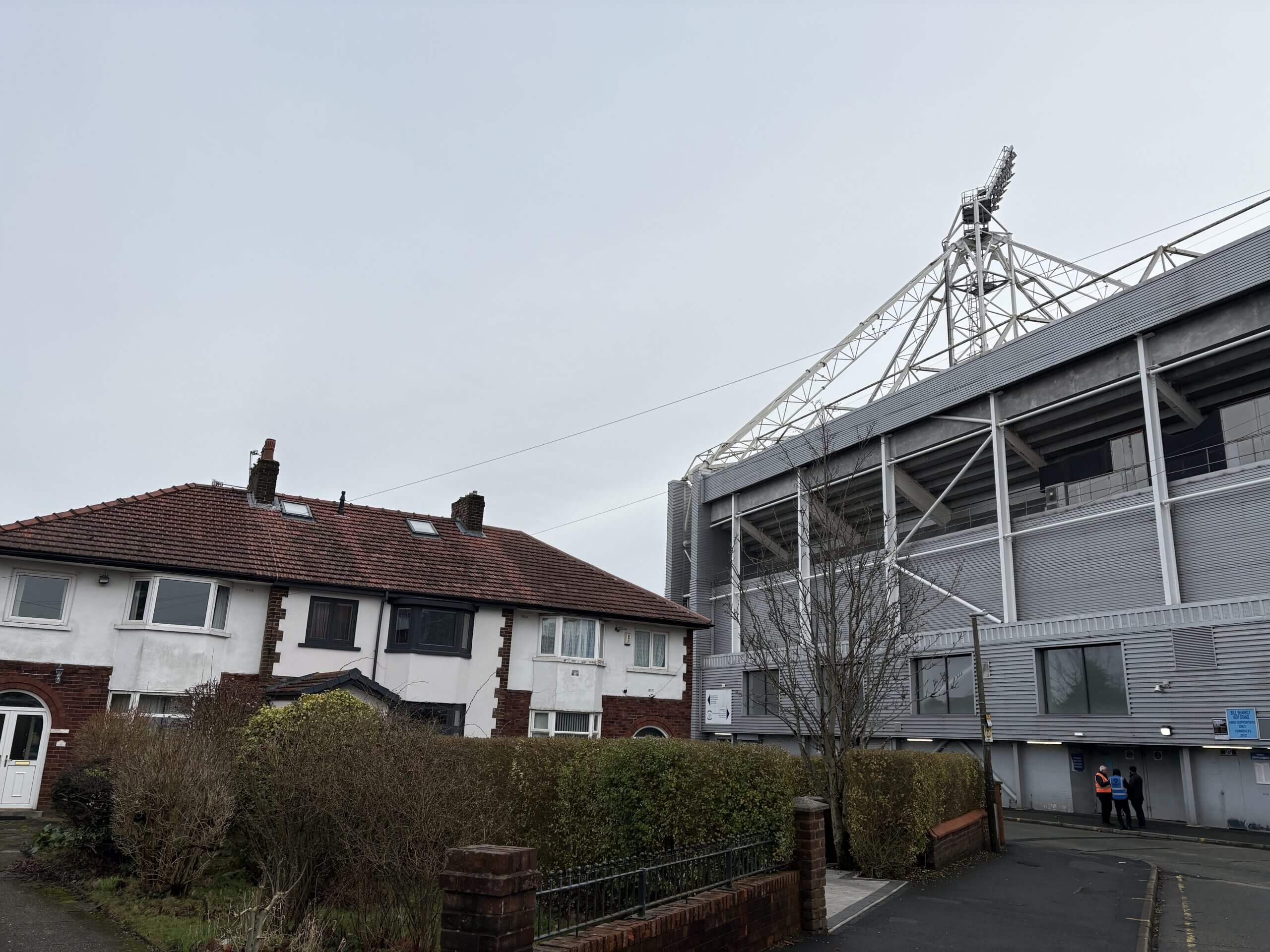
Four decades on, the modern-day Preston are in a much better place, debt-free, with an average attendance of around 16,700 this season. They have finished seventh to 13th in each of the nine seasons since returning to the Championship and, though it is not the glory they crave, they are one of only five clubs — with Wolves, Burnley, Sheffield United and Portsmouth — to have been champions of all four divisions.
It is just a shame for everyone connected with the club that Preston came up short when they reached the Championship play-offs in 2004-05, 2005-06 and 2008-09 and that, 11 years since Finney’s death, Deepdale is desperate for some new history-makers.
It is the stoic old ground where, for almost a decade, the National Football Museum was housed. Few places in English football can match its history and, if you look hard enough on matchdays, you can still find fans of a certain age who want to reminisce about the good old days.
The story, locally, is that Deepdale’s attendances in the 1950s would fluctuate depending on whether the star player was available. “If Tom was injured, they wouldn’t tell you the team at all,” Tommy Docherty, Finney’s former team-mate, once said. “If he was injured — and that was rare — there would be 20,000 at the game instead of 42,000.”

GO DEEPER
‘I’m not sure he knew why we were there’: The day Trump did the League Cup draw
(Top photo: Gary Oakley/Getty Images)